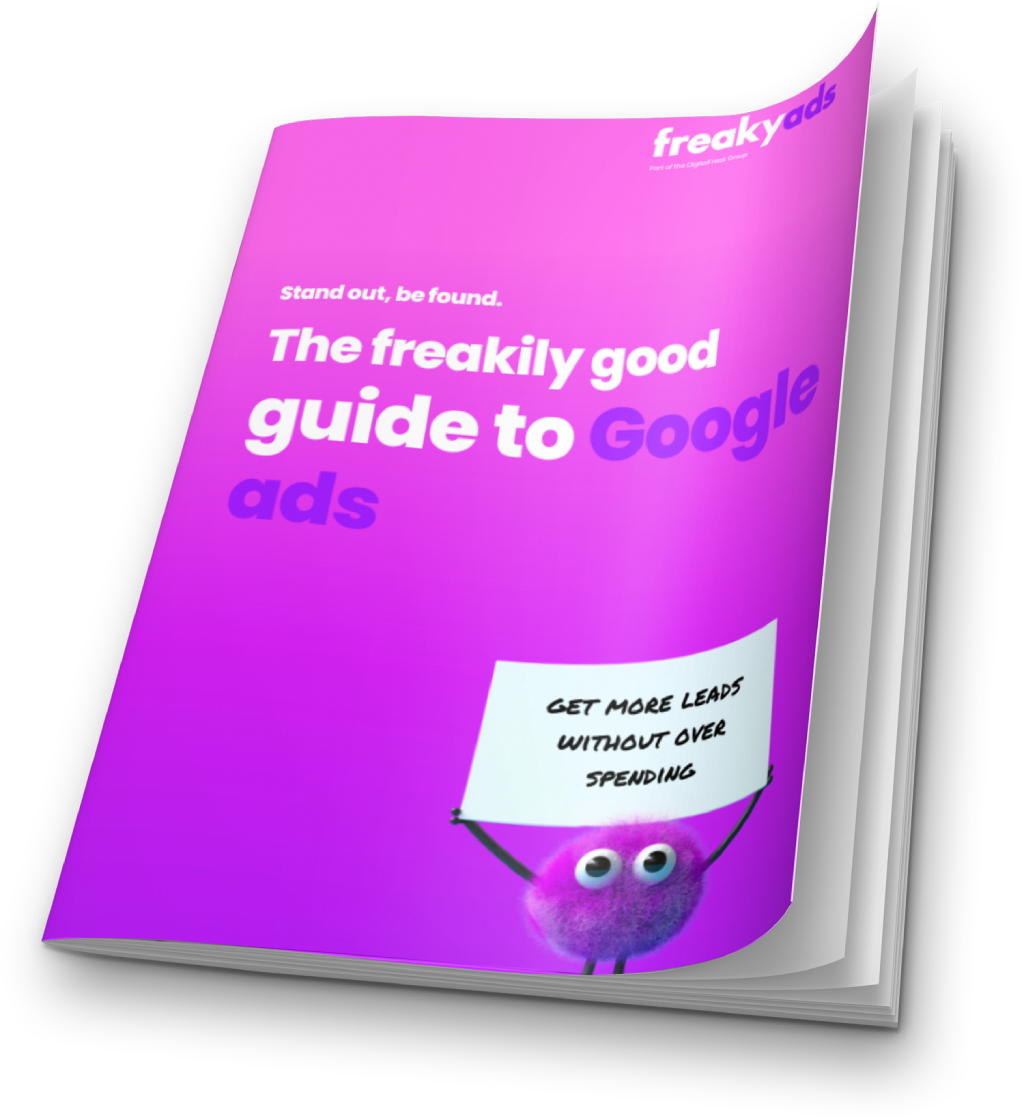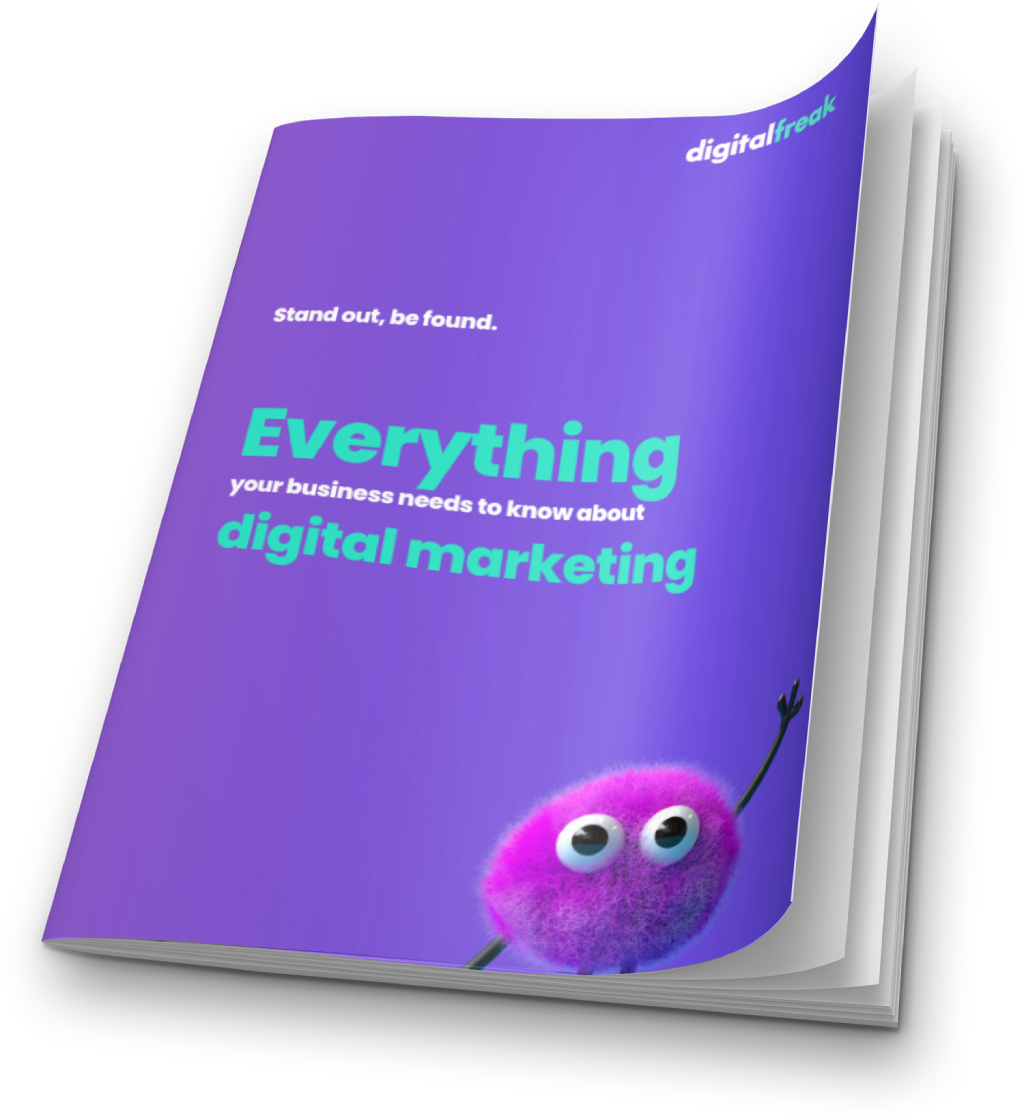As we all start getting to grips with the fact that COVID-19 will be with us for the long-term, businesses need to adapt to new consumer needs. This is especially true for your social media strategy, as consumer activity on these platforms has reached an all-time high during the pandemic. Here’s some practical advice from our social media team to structure your strategy for success.
The Best Time for Posting on Social Media
Because the structure of our daily lives has changed and the majority of people are working from home, people’s social media behaviours have changed. In the past, the general rule was that the best time to post content on Facebook was on weekdays, especially Wednesday, around lunchtime, when most people are taking a break.
Now, thanks to more flexibility in our daily lives, activity spikes are now almost consistent through the work week, with the best times to post being earlier, from 10AM. However, weekends still show lower activity numbers, which is consistent, although active user numbers are still up from pre-COVID-19.
The numbers are similar for Instagram with one interesting change – where weekends used to be quiet, there is now a lot of activity from 9AM to 5PM on both Saturdays and Sundays. This may be largely due to the lack of social events that would previously take place on weekends, with people looking for distractions and entertainment from online sources instead.
For LinkedIn, consumer behaviour and engagement are fairly similar to pre-COVID-19, which is consistent with the platform’s professional orientation. Good posting times remain Wednesdays, Thursdays and Fridays from 8AM to 12PM.
How Much Content Should You Be Posting?
Social media platforms have become a primary source for news, updates and information during the COVID-19 pandemic. New users have also joined social media in huge numbers, with active users on Facebook in the USA alone growing by 5.7 million people. People are looking for:
- Information on the pandemic
- Information on how your business is operating (especially as regulations change)
- Entertainment, distractions and inspiration
The type of social media content your business is posting and the frequency you post is dependent on the impact of the pandemic on your sector (travel and sports, for example, are down), and your ability to operate.
Many businesses who dramatically decreased their posting as a result of being unable to operate during lockdown have dramatically increased their posts and ads as restrictions have lifted or they have adapted their products and services.
There is no set number of posts or types of posts you should be sending out each day or week, but remember to use your consumer base as a guideline. For example:
- If you are getting regular queries on your website or social pages, develop content to respond to those queries.
- If you have limited services, keep your customers informed of what you can provide and how you provide it within COVID-19 regulations.
- If you have introduced new services like making masks, introducing takeaways or other relevant services, put out weekly content about these services, promotions and more.
- If you are part of a local community, join online community pages and share your content.
- Share light-hearted content that is fun, informative, distracting and relevant to your brand. Share good news, not doom and gloom.
A Successful Strategy Means Learning to Read the Room
Social listening is a critical tool for guiding your social media marketing strategy through this pandemic. People are stressed out, frustrated and bored – so your brand can’t afford to post content that is false, tone-deaf or irrelevant. By keeping your finger on the pulse of the conversation, your brand can better understand what it is that consumers want and identify opportunities for your business to participate and provide a valuable contribution. Here’s how:
- Monitor conversations – Features like WordCloud can help you monitor conversations on multiple social platforms to see what subjects are the most dominant.
- Know where your brand stands – What are the key impacts of COVID-19 in your industry? How are your competitors handling it? Can you apply these solutions successfully to your own social media marketing strategy? It’s critical to know how COVID-19 is being addressed in content relevant to your brand.
- Check your sources –Don’t share or post content blindly, as this is a good way to fall victim to a tone-deaf post or even fake news. Sympathise with your customers and community, do what you can to help your customers and employees, keep them informed of your plans, and be honest about needing support.
Navigating Social Media Marketing Through COVID-19
It’s clear that in order to survive and thrive, every business needs a strong, relevant social media marketing strategy that addresses the long-term impact of COVID-19. Don’t let this pandemic derail your goals for 2020 – our social media marketing team has the skill and expertise to help your brand adapt to this new normal. Chat to our team and we’ll develop a crafty strategy to keep your brand relevant, connected and engaged with your customers.

Written by
Nick Viol – Sales Specialist
Sure, I’m a sales specialist – but we do things a little differently around here! For one thing, I’m not here to sell anything - I’m here to solve problems. By getting to know your business, you’ll get proven digital marketing solutions that bring in sales, leads, and results. It’s all about putting you ahead of the competition. Are you ready to be in first place?














